Cruz Roja Argentina | Investigación Global
Health, academic, NGOs and CSOs, transport and logistics, corporate and the media.
A specific module on Mental Health has been asked to all surveyed people.
of the Red Cross and Red Crescent Movement. We have collected 16.027 surveys across 90 countries.
We count with the participation of 10 strategic partners from the private sector and trade unions.

The Humanitarian Observatory of the Argentine Red Cross, Reference and Research Centre of the International Federation of Societies of the Red Cross and Red Crescent has led a global research about the “Insights gained by strategic sectors during the pandemic”.
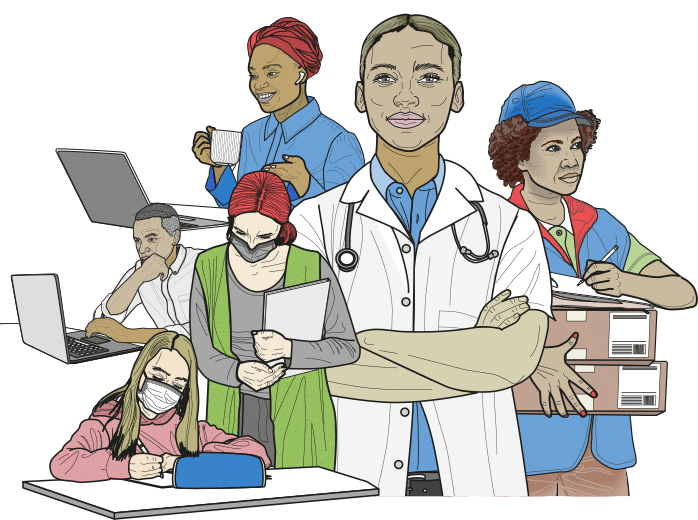
No Data Found
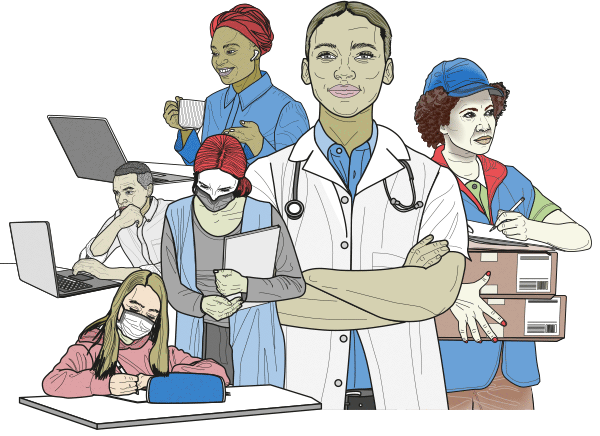







To stablish a priority system for vaccination and medication distribution for every person that allows society at a global scale to receive food, medical care, news and education.

To create a vaccine and antidotes bank at a global scale to ensure the availability and distribution of these supplies fairly in every region.

To carry out a communication campaign from a supranational organization to enhance the work of the essential areas and legitimize their duties, acknowledging their contribution. The discrimination perception in Asia Pacific is mayor, for this reason we suggest creating an awareness campaign specifically in this region.
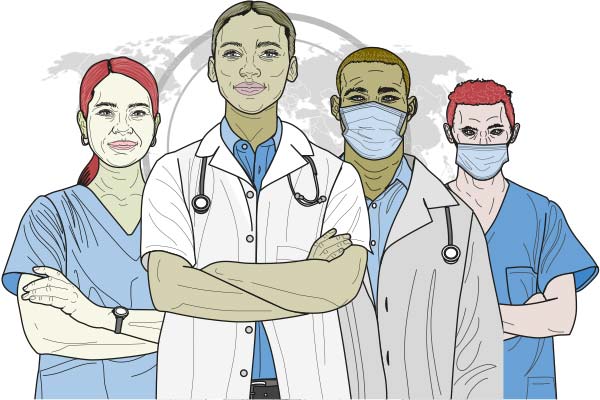
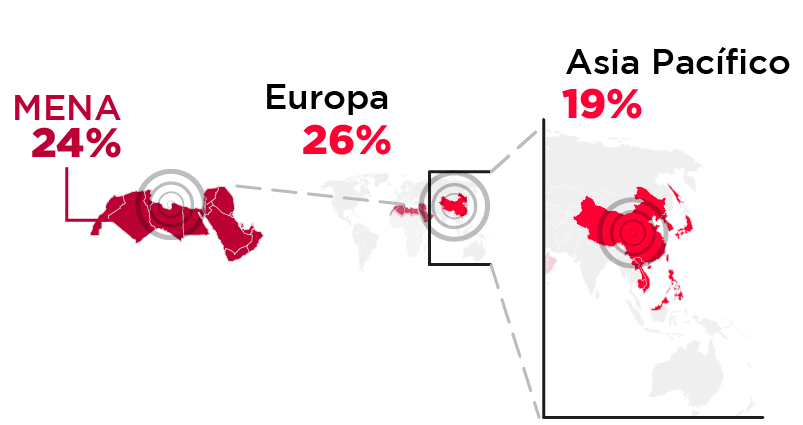

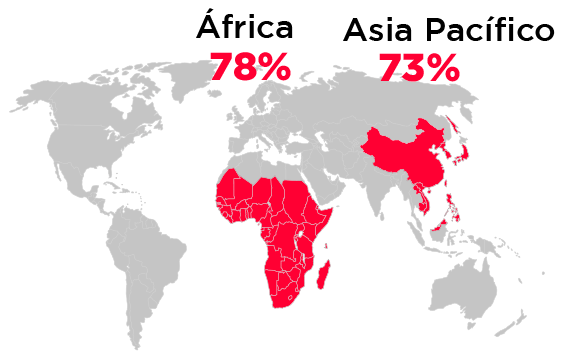

Establish the mandatory provision of protective and care items to the staff.

Design and implement unified protocols regarding working areas, break times, handling of sanitary materials, and psychological support.

Establish an assistance fund for healthcare personnel for acquiring the necessary items in a pandemic response.

Set and regulate minimum break times for healthcare personnel.
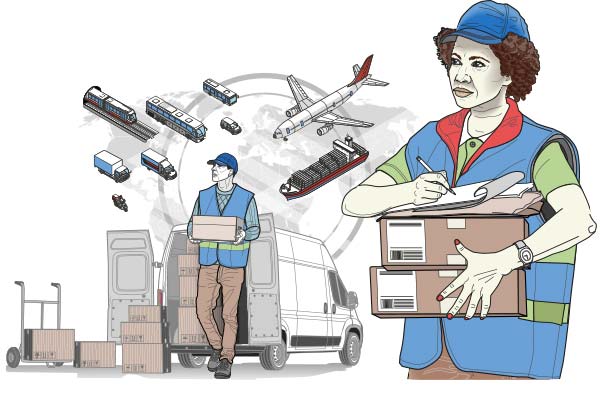




Provide workers with better technology to simplify border crossings.

Install medical assistance stations and healthcare centers at border crossings to provide workers with basic medical check-ups.

Strengthen border points with multiple service areas, such as: family communication, family reunification, general information, special medical care services, specific recommendations, and distribution of hygiene and personal care items.

Review and modernize bureaucratic procedures at borders and enhance the mechanisms to ensure coordination and collaboration among relevant authorities to simplify transportation across borders.

Recognize transportation and logistics workers as essential personnel, with the same guarantees as other essential workers.





Implement interventions to reduce the technological gap between the different regions

Carry out campaigns and develop actions to reintegrate those individuals who dropped out during the pandemic into the academic world.

Design incentive campaigns to encourage future educational retention.

Train and update teachers in virtual education methods and ensure access to technological resources for both students and teachers.
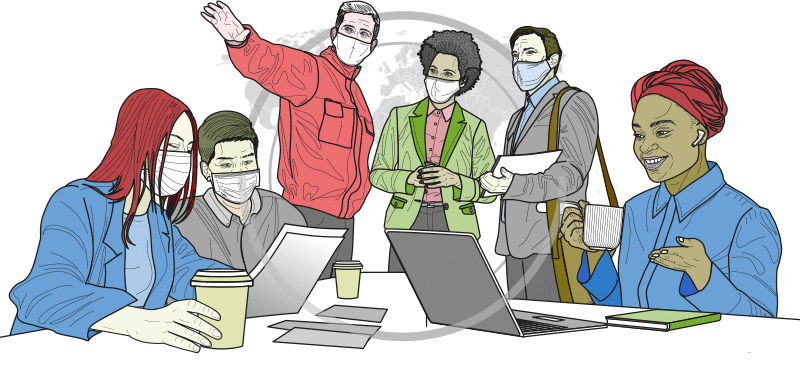
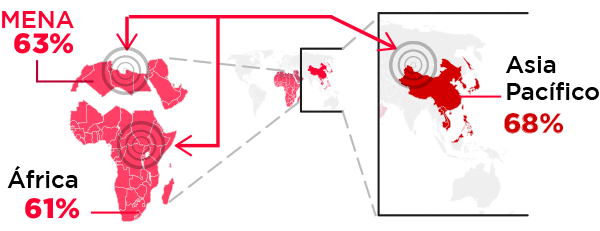

Increase the IFRC Livelihood Program in regions and countries that had a significant fall of job positions.

Work jointly with the companies, especially small and medium-sized (SME) to help them adapt to the changes that the pandemic introduced.

Implement interventions to reduce the digital gap and train the personnel of the sector in the use of the new technologies.

Train and update the personnel in terms of virtual modality work and/or hybrid work, and provide the technological supplies required for it.

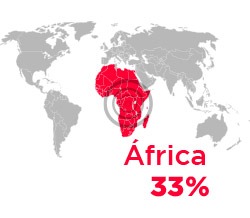


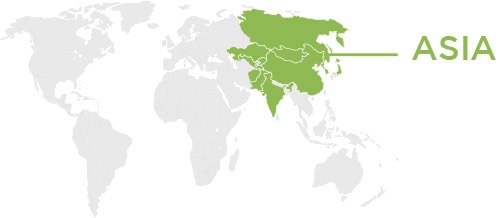


Develop contingency plans to ensure the continuity of activities in the event of new emergencies and/or eventualities.

Train volunteers and communities based on the lessons learned during the pandemic.

Strengthen the digital capacities and skills of both beneficiaries and volunteers.

Create awareness campaigns and activities highlighting the importance of NGOs and their economic self-sustainability for the continuity of their tasks in adverse contexts.
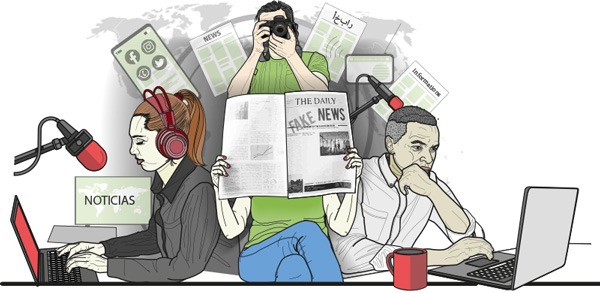
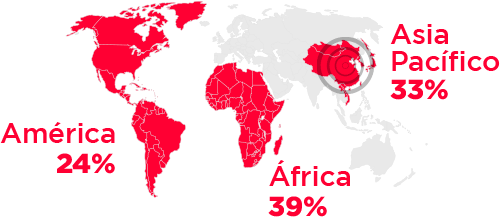

It is crucial for all sectors that the media unify their message on key notions related to the pandemic or the ongoing emergency, in order to limit fake news and provide security to the general public.

Establish and follow safety protocols in work environments and during the commute between work and home spaces.

Promote internal processes for information validation and early detection of fake news.

Train and update personnel on new technologies applied to the media sector in all its forms.

(May 2023)

Subjective considerations

Continue working on prevention and promotion. Psychoeducation (through virtual, in person or hybrid campaigns) about general interest topics turns out to be highly positive on people.

Emphasize suicide prevention by working with protection factors and their guidelines, as proposed by various organizations such as WHO, PAHO, and IFRC.

To work in all the regions and sectors on the promotion of mental health, supporting the radication of stigmatization and prejudices surrounding mental health disorders and the affected individuals. This work should be carried out in the communities, in an interdisciplinary manner, led by mental health professionals, and based on programs of organizations dedicated to this cause.








To stablish a priority system for vaccination and medication distribution for every person that allows society at a global scale to receive food, medical care, news and education.

To create a vaccine and antidotes bank at a global scale to ensure the availability and distribution of these supplies fairly in every region.

To carry out a communication campaign from a supranational organization to enhance the work of the essential areas and legitimize their duties, acknowledging their contribution. The discrimination perception in Asia Pacific is mayor, for this reason we suggest creating an awareness campaign specifically in this region.





Establish the mandatory provision of protective and care items to the staff.

Design and implement unified protocols regarding working areas, break times, handling of sanitary materials, and psychological support.

Establish an assistance fund for healthcare personnel for acquiring the necessary items in a pandemic response.

Set and regulate minimum break times for healthcare personnel.





Provide workers with better technology to simplify border crossings.

Install medical assistance stations and healthcare centers at border crossings to provide workers with basic medical check-ups.

Strengthen border points with multiple service areas, such as: family communication, family reunification, general information, special medical care services, specific recommendations, and distribution of hygiene and personal care items.

Review and modernize bureaucratic procedures at borders and enhance the mechanisms to ensure coordination and collaboration among relevant authorities to simplify transportation across borders.

Recognize transportation and logistics workers as essential personnel, with the same guarantees as other essential workers.





Implement interventions to reduce the technological gap between the different regions.

Carry out campaigns and develop actions to eintegrate those individuals who dropped out during the pandemic into the academic world.

Design incentive campaigns to encourage future educational retention.

Train and update teachers in virtual education methods and ensure access to technological resources for both students and teachers.



Increase the IFRC Livelihood Program in regions and countries that had a significant fall of job positions.

Work jointly with the companies, especially small and medium-sized (SME) to help them adapt to the changes that the pandemic introduced.

Implement interventions to reduce the digital gap and train the personnel of the sector in the use of the new technologies.

Train and update the personnel in terms of virtual modality work and/or hybrid work, and provide the technological supplies required for it.







Develop contingency plans to ensure the continuity of activities in the event of new emergencies and/or eventualities.

Train volunteers and communities based on the lessons learned during the pandemic.

Strengthen the digital capacities and skills of both beneficiaries and volunteers.

Create awareness campaigns and activities highlighting the importance of NGOs and their economic self-sustainability for the continuity of their tasks in adverse contexts.

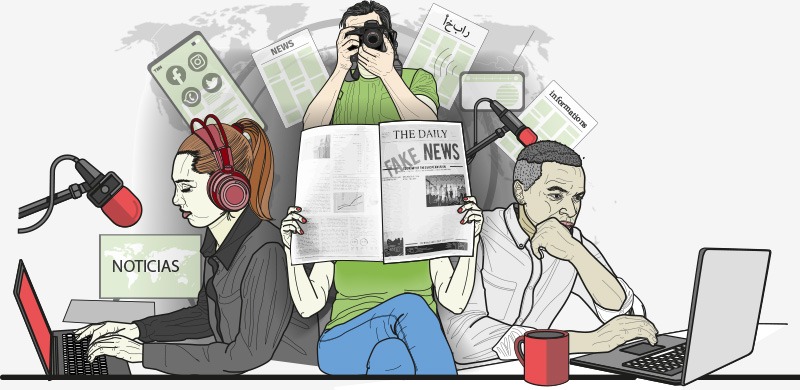

It is crucial for all sectors that the media unify their message on key notions related to the pandemic or the ongoing emergency, in order to limit fake news and provide security to the general public.

Establish and follow safety protocols in work environments and during the commute between work and home spaces.

Promote internal processes for information validation and early detection of fake news.

Train and update personnel on new technologies applied to the media sector in all its forms.

(May 2023)

Subjective considerations

Continue working on prevention and promotion. Psychoeducation (through virtual, in person or hybrid campaigns) about general interest topics turns out to be highly positive on people.

Emphasize suicide prevention by working with protection factors and their guidelines, as proposed by various organizations such as WHO, PAHO, and IFRC.

To work in all the regions and sectors on the promotion of mental health, supporting the radication of stigmatization and prejudices surrounding mental health disorders and the affected individuals. This work should be carried out in the communities, in an interdisciplinary manner, led by mental health professionals, and based on programs of organizations dedicated to this cause.